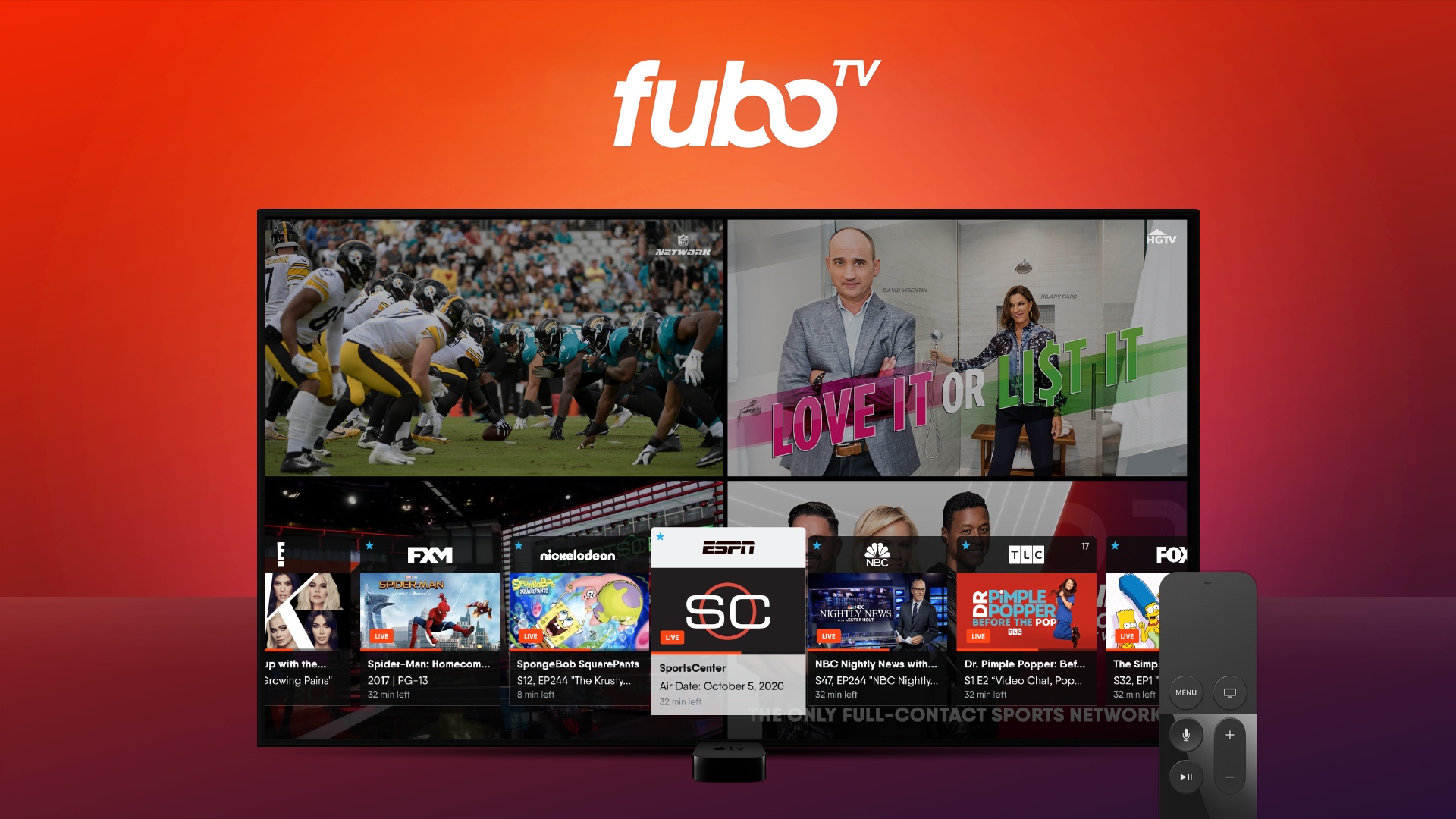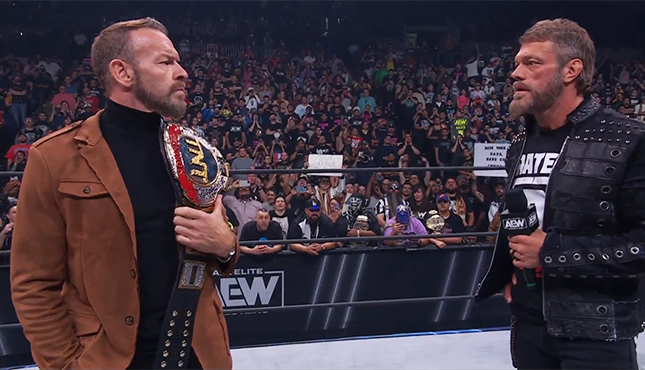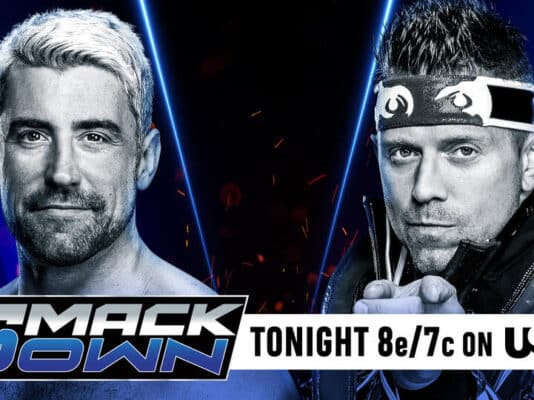
Tuesday night sparked a resurgence in the excitement between fans of WWE and AEW. Both shows were stacked, as they were in rare direct competition with one another, and both shows delivered. However, at the forefront of the battle was the nagging question waiting to be answered the day after: The TV ratings.
So who won?
Wrestling fans won. That’s who. Over 1.5 million fans tuned in to watch professional wrestling on a Tuesday night. More combined viewers tuned in to watch either AEW or NXT than the first primetime game of the NHL season between the Chicago Blackhawks and Pittsburgh Penguins. In cable TV ratings, NXT finished at #2 for the night overall, with AEW at #4.
But as predicted, terminally online wrestling fans lost their minds over which side “won”. Well I’m here to tell you that all of this talk of TV ratings only matter up to a certain point. At least not to a point where any sane wrestling fan should truly worry about.
But before we dig in, how exactly do TV ratings work?
How TV ratings Are Measured

If Nielsen Media Research outreaches to your family and asks you to become a “Nielsen Family”, congrats! Your viewing habits will now become measured by the company and sent to networks and advertisers. Nielsen will hook up a device called an audimeter to the TVs in your household to measure what you watch on a daily basis.
In 2022, out of 122 million television homes, only 42,000 are “Nielsen family” homes; with approximately 122,000 TVs represented. What does this mean in the mathematical sense?
It means that Nielsen only truly measures what amounts to 0.001% of all homes in the U.S. to represent total viewership. Nielsen then takes what is known as “statistical sampling” to estimate total number of viewers. What you see every week for TV ratings is what amounts to a well-calculated guess by Nielsen on actual number of viewers for any given broadcast.
And this isn’t immediately including DVR, but we’ll get to that…
Furthermore, if you do not have this device, what you watch is not included in these ratings. And no, you cannot volunteer to become a “Nielsen family”, as you must fit a certain advertising demographic to qualify.
Doesn’t seem terribly accurate, does it? Well, the Media Rating Council thought the same a few years ago. The Media Rating Council is non-profit organization that regulates accreditation for media research and rating purposes. It was established at the request of U.S. Congress in 1963.
In 2021, this group actually suspended accreditation for Nielsen for undercounting viewership numbers. Earlier this year, Nielsen would gain back said accreditation, but the company has a history of being seen by some as inaccurate or unreliable.
So Why Do Networks and Advertisers Trust Nielsen?

Money. This is the short answer.
Advertisers need a way to justify what they are paying networks to air their commercials. The best networks can do is wait for numbers from Nielsen in their small sample size. This is why the 18-49 demo is so important. The assumption is that data from no less than 50,000 U.S. homes is enough to provide a clear path for ad placement on networks.
However, ratings alone is only a guide, given expectations. For example: while Smackdown on Fox draws in well over 2 million viewers per week, advertisers actually expect more for ad rates from a primetime broadcast network program (Which is why Fox had no interest in renewing Smackdown). That’s right — the rules change a little when it comes to over-the-air versus cable…
Fox lost half a billion dollars on their deal with Smackdown because of lower ad rates, which was well below expectations. Given that many major broadcast network shows pull in anywhere from 3-5 million viewers — 2 million is slightly underperforming.
Furthermore, cord cutters and DVR eats into these live viewers, which had led cable networks to lean into live sports. Viewers are less likely to DVR a live football or hockey game; and more so with pro wrestling. So when it comes to cable, and you see NXT, WWE, and AEW in the top 5 for their night in network ratings — no matter what the number is — they are meeting expectations for cable television.
Speaking of DVR…
DVR/Live + 7 Ratings

What rarely gets measured in weekly wrestling TV reports are the Live +7 ratings. These are viewers that DVR/VoD the show and watch it within a seven day time period. This actually adds viewership numbers that often go unreported.
Example: The June 7th episode of AEW Dynamite brought in an estimated 903,000 viewers. However, the Live +7 total ended up at 146,000. These are viewers who watched later via DVR. In total, this show would have actually gotten around 1.025 million viewers.
And the same goes for any Raw or Smackdown. Their total reported viewership is always going to be higher when the Live +7 numbers are factored in. Granted, networks and advertisers never give as much weight to these extra figures, as viewers can simply fast forward through commercials; but nevertheless, the weekly TV rating is always underrepresented when compared to the Live +7 rating.
There is even C3/C7 Ratings, where viewing habits are measured in minutes of how much of the program was viewed live, or skipped through via DVR or Video on Demand.
And of course, we must get to the elephant in the room: Streaming.
Cord Cutters/Streaming

Nielsen does track streaming numbers for Netflix, Hulu, Disney+, etc. However, what they don’t tend to track are your cord cutters that utilize other methods of cable TV delivery. If a customer has a TV Select/Roku-Only subscription from Spectrum for example; their viewing habits aren’t getting measured. This goes for Sling, Fubo, YouTube TV, and others.
A commercial run on cable television is more valuable to networks and businesses than it is on streaming — as many consumers can purchase ad-free packages. I have all of my streaming (Paramount Plus, Disney+, etc.) completely ad-free. I hate ads. You probably do, too.
It’s why these same streaming services are increasing the rates of ad-free packages so that consumers may be tempted into sticking with the lower-cost packages with ads. Many consumers are surprisingly okay with an ad-supported platform; and this trend will only grow. Furthermore, according to Nielsen, as of 2023, streaming makes up nearly 40% (38.7) of all TV usage.
Overall, this dynamic makes it difficult for networks to make money off of low ad revenue that normally comes with streaming services compared to traditional broadcast or cable television. It’s why a good 18-49 demo in a top 5 rated show, no matter the night, is a win for any network that carries it.
It’s why a network like Warner/Discovery is happy with AEW’s ratings, as they perform well in the demo and consistently rank in the top 5 of their night in total cable TV rankings. Furthermore, they rank among the top 3 shows across all of WBD’s networks.
And the same can be said for USA, as Raw and NXT share the same consistency.
So Do These Ratings Actually Matter?

Yes and no.
They matter to the extent of the network’s happiness. If USA and WBD are happy with WWE and AEW’s ratings — then that’s all that matters. Growth is nice, but consistency and guaranteed ad revenue is still very lucrative in this post-TV era. As long as both major promotions are hanging in the top 5 of their respective nights of programming (mainly Raw and Dynamite), there isn’t much concern over the exact viewers.
USA and WBD can take these top five numbers and sell them to potential advertisers for big bucks. I would be concerned if numbers of either show say drops over 50% of their year-over-year ratings — but that hasn’t, and likely won’t happen.
And also keep in mind that ticket revenue, streaming deals (WWE/Peacock | Rumored AEW/Max) and PPV buy-rates, add to the overall financial success of both companies.
In short, take the importance of TV ratings with a grain of salt; sans a drastic change in either brand.
Should Fans Discuss TV Ratings?

If I’m being blunt: It only drags the sport down. As Adam Copeland put it on The Masked Man Show…
“How can you not enjoy the fact that both shows are trying to load up and trying to put the best show on imaginable? That’s all I really care about. I’ll try to make sure that my part of the show is all killer, no filler. That’s my only job. I’m sure both will get watched, when it’s all said and done with DVR and however else it gets computed since everything with ratings is so antiquated.” – Adam Copeland
Unless you’re a part of a conversation with McMahon, (Nick) Khan, and Levesque at a meeting with USA; or a part of the same with Tony Khan and WBD — then any fan really has no business with incessant ratings talk.
If you bring up ratings in a manner that invokes tribalism or bad faith criticism, then you’re potentially part of the problem with the industry’s fan base. Competition is great; but trying to compare TV ratings between shows when it’s hard to truly gauge accurate metrics is a fruitless venture.
What do you think? Share your thoughts, opinions, feedback, and anything else that was raised on Twitter @PWMania and Facebook.com/PWMania.
Just enjoy pro wrestling and have fun.
-JDB












